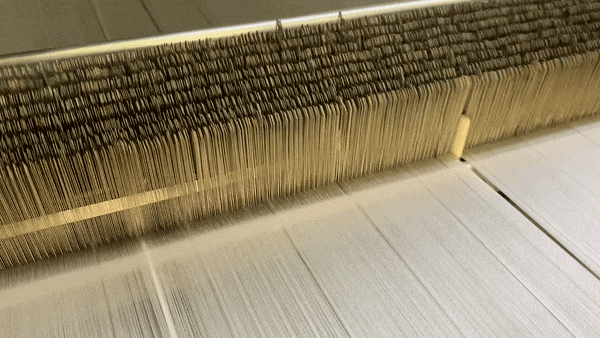It’s become popular for online brands to dismiss thread count as something that doesn’t matter in bedding quality. This simply isn’t true.
Given we spend a third of our lives in bed, it's smart to optimize for the best possible bedding so you can recreate the restorative rest of staying in a luxury resort right in the comfort of your own home. Here's a guide on how thread count directly affects the quality of your bedding and, therefore, your sleep.
What is thread count?
Thread count is the total of vertical threads (warp direction) and horizontal threads (weft direction) count woven together in a square inch. For example, if there are 200 horizontal threads and 200 vertical threads, the total thread count is 400. Thread count determines fabric density, and a high thread count means high fabric density.
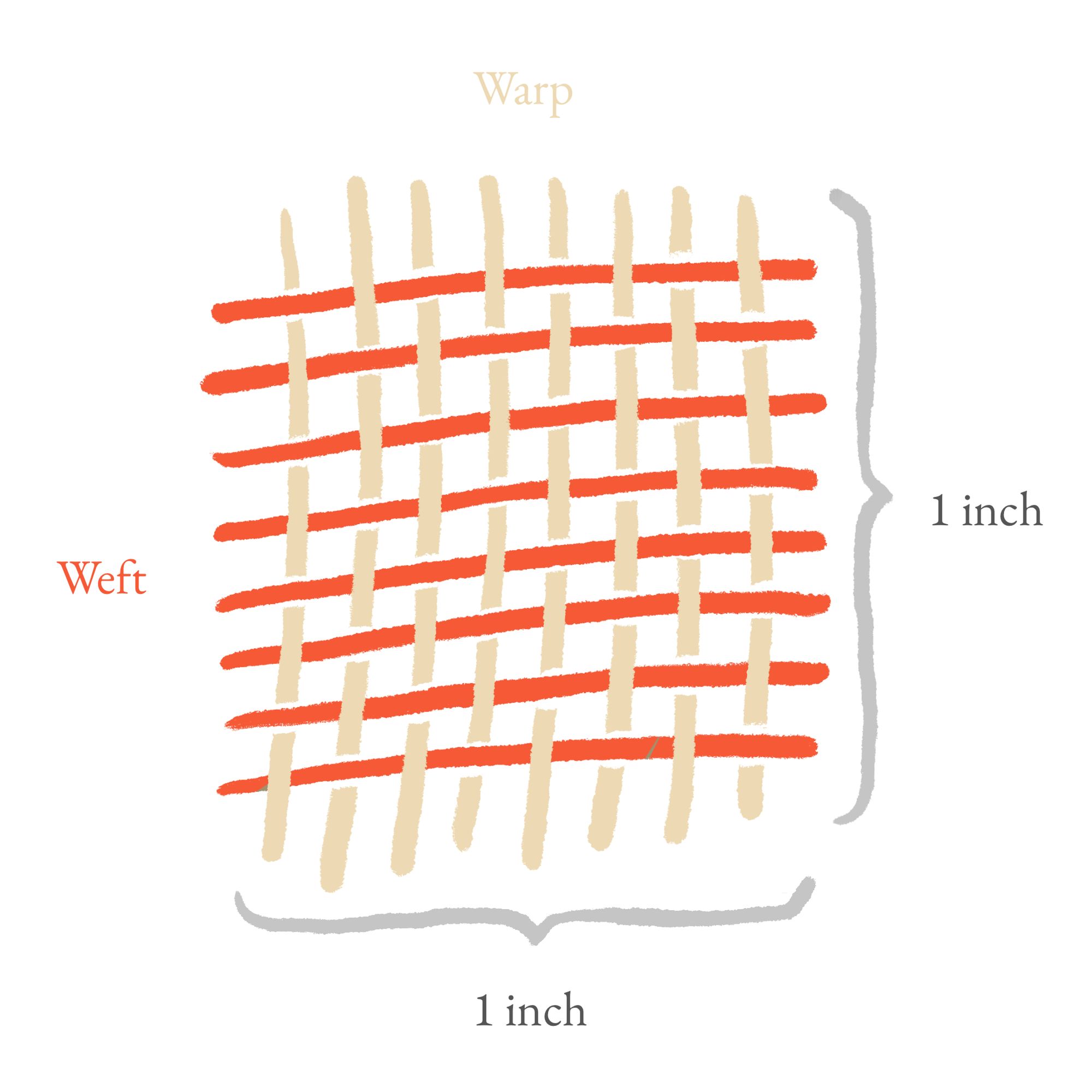
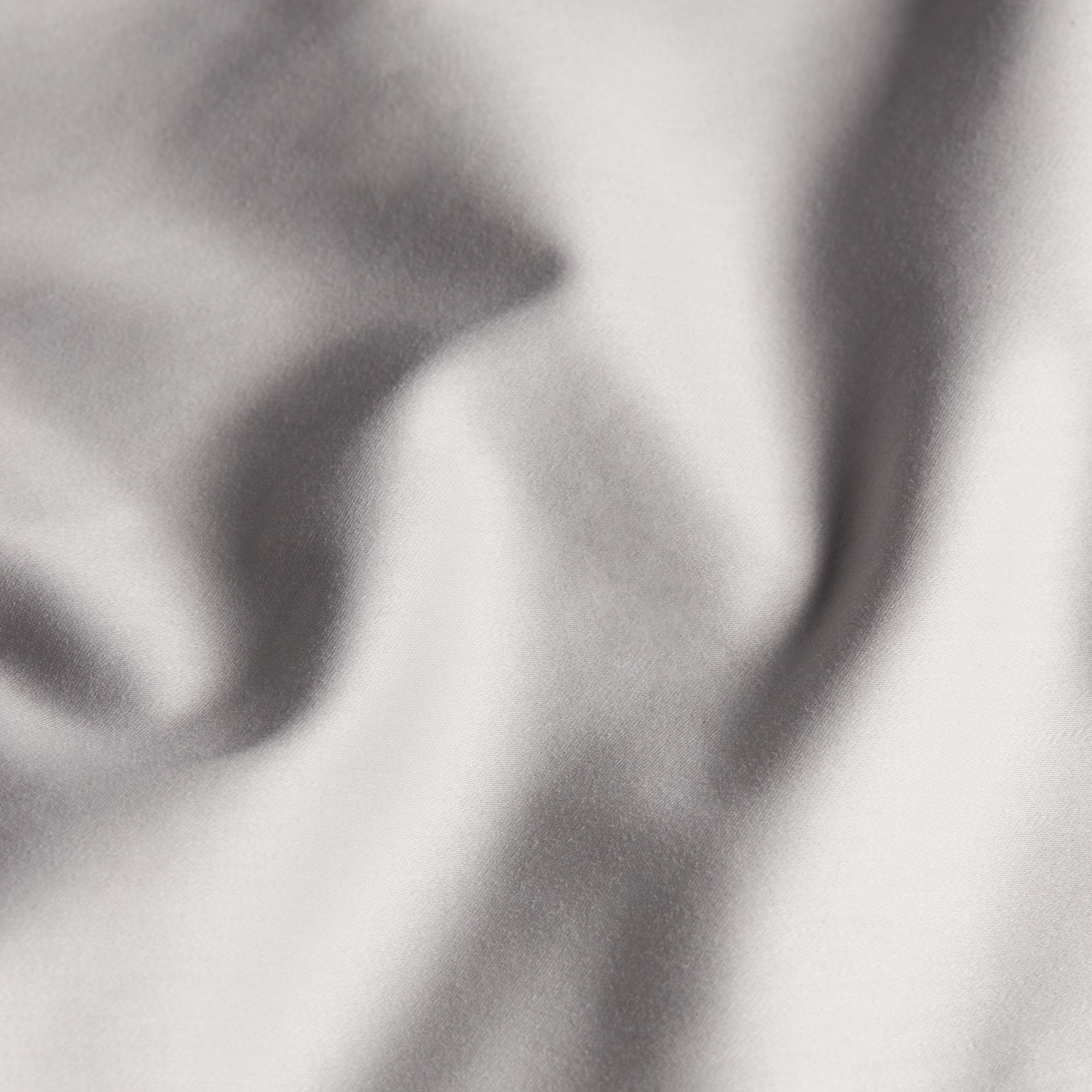
Yarn count influences thread count.
Thread count is most influenced by yarn count — this refers to the thickness of a yarn. There are different yarn counts in the market based on the density (30s, 40s, 60s, 80s, and 100s), and this is based on the density of the yarn at standard atmospheric pressure.
A higher yarn count means the yarn is thinner but also weaker individually, so to strengthen a fabric weaved from higher yarn counts (i.e. thinner yarn), manufacturers must use more yarn/threads. This corresponds to both a higher price but also a softer and more delicate hand feel while simultaneously resulting in a more durable fabric.
A higher yarn count necessitates a higher thread count and consequently yields a softer, more durable fabric.
Ply affects thread count.
Ply is how many strands of yarn are twisted together to make a single thread.
Typical fabrics range from one-ply to eight-ply, with the most common varieties being two-ply and single-ply – a single-ply means that one strand of yarn is twisted together to produce the thread while two-ply means that two strands of yarn are twisted together.
When it comes to quality, this is where a brand can (and often will) inflate its thread count figures.
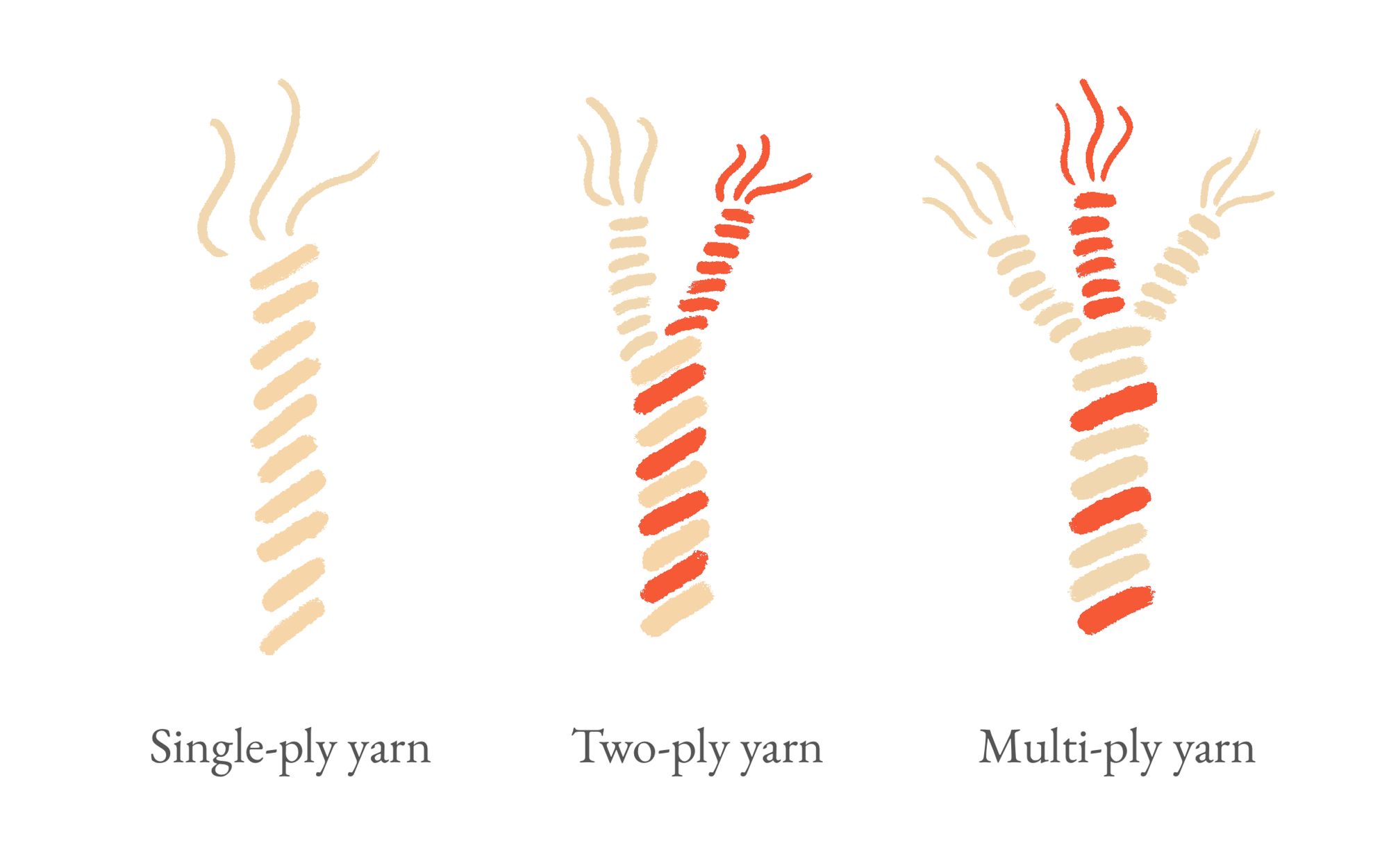
If they weave two strands of yarn together into a two-ply construction, brands will double-count the thread – essentially doubling the thread count. If they are using a triple-ply thread, then they can inflate the real thread count threefold.
In fact, many brands end up weaving multiple pieces together when the original source of the material isn’t strong enough to stand up on its own.
See how it plays out:
200 true thread count x single-ply construction = 200 thread count.
200 true thread count x two-ply construction = 400 thread count.
200 true thread count x triple-ply construction= 600 thread count.
Two-ply fabrics tend to result in a stronger strength than single-ply fabrics, but more threads do not necessarily mean a better product. In general, two-ply tends to be the optimal construction for softness and breathability without sacrificing durability.
At the end of the day, true thread count matters.
As we have gathered, higher thread count quantity doesn’t always mean better quality. It's the combination of yarn count and ply that directly affects the softness and breathability of your linens, regardless of the material and weave.
In general, the true thread count significantly affects how soft your linens will end up being. If a brand is not displaying the thread count and ply on their products, then it is likely they have something to hide.
Luxury bedding graded for resort usage tend to use a 400-500 thread count with a two-ply construction to optimize for both long-term durability and retaining peak softness.
What else matters?
So, naturally, thread count is very important, but it's not everything. Just as important as the thread count is the weave and material that linens are made from.
Weave pattern.
Two most common types of weaves are percale and sateen – both of which are great options depending on what your preference is.
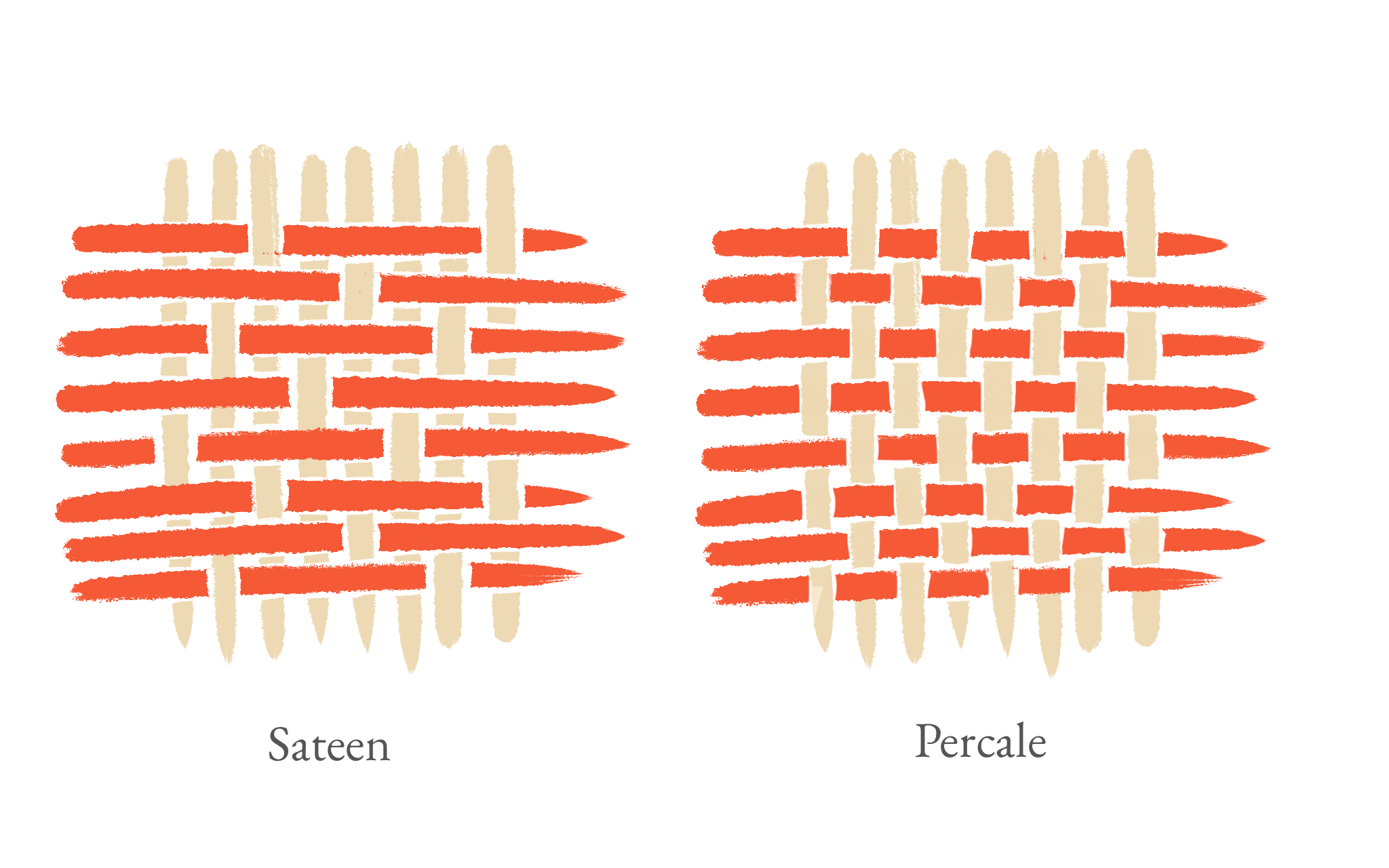
In a percale weave, the horizontal and vertical threads are alternating evenly. The percale weave is tighter, which creates a more compact feeling with a matte finish. The tight and compact property of percale is perfect for down duvets and pillows and offers a uniquely crisp and cool feeling on the skin.
Sateen uses the less traditional one thread up and four thread under weave, Sateen is more loosely woven with increased space, a silky-smooth hand-feel, and a lustrous sheen. It’s more open, which creates a breathable and softer feeling with an opulent glittering surface.
Materials
Long-staple cotton
Long-staple is a species of cotton, also known as sea island, Egyptian, or Pima cotton, has a significantly longer fibers and results in a higher softness rating than traditional cotton.
The longer fibers of long-staple cotton is the key attribute for spinning high thread count cotton fabrics. Longer fibers yields a much softer and more luxurious fabric; the more ends (short fibers) there are, the rougher the fabric. As a result, high-end cotton textiles and garments all require high-count yarns with long-staple cotton as the main raw material.
Fabrics made of long-staple cotton fray less, pill less, wrinkle less, and even fade less than fabrics made with their short-staple counterparts.
So a 300TC cotton product made from long-staple cotton will be of better quality than even a 600-800TC equivalent made from shorter fibers. The quantity of threads doesn't always speak louder than the quality of threads.
